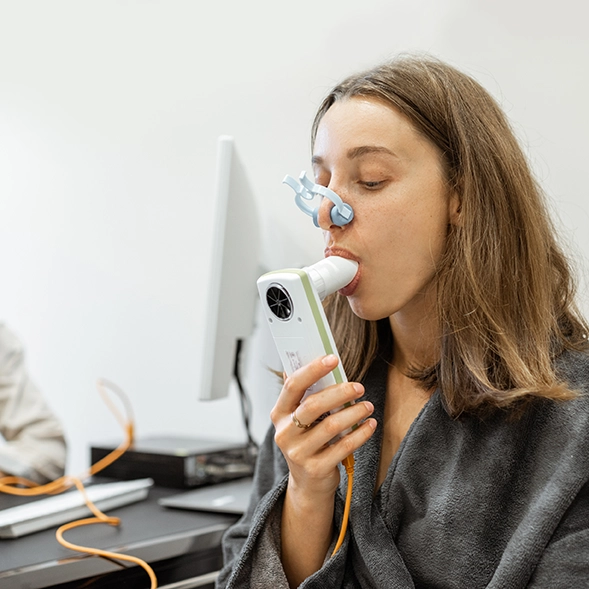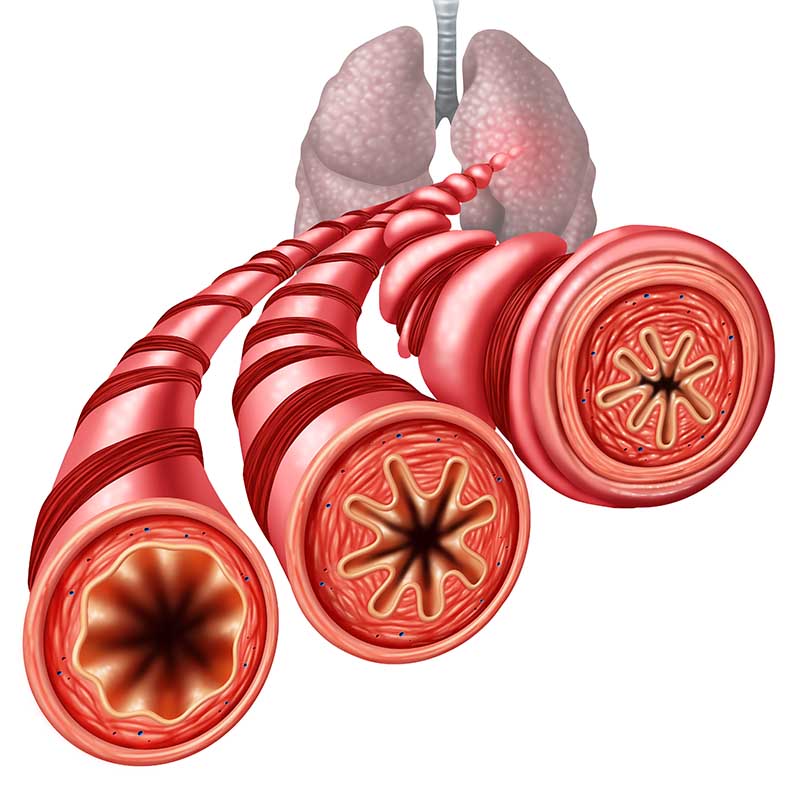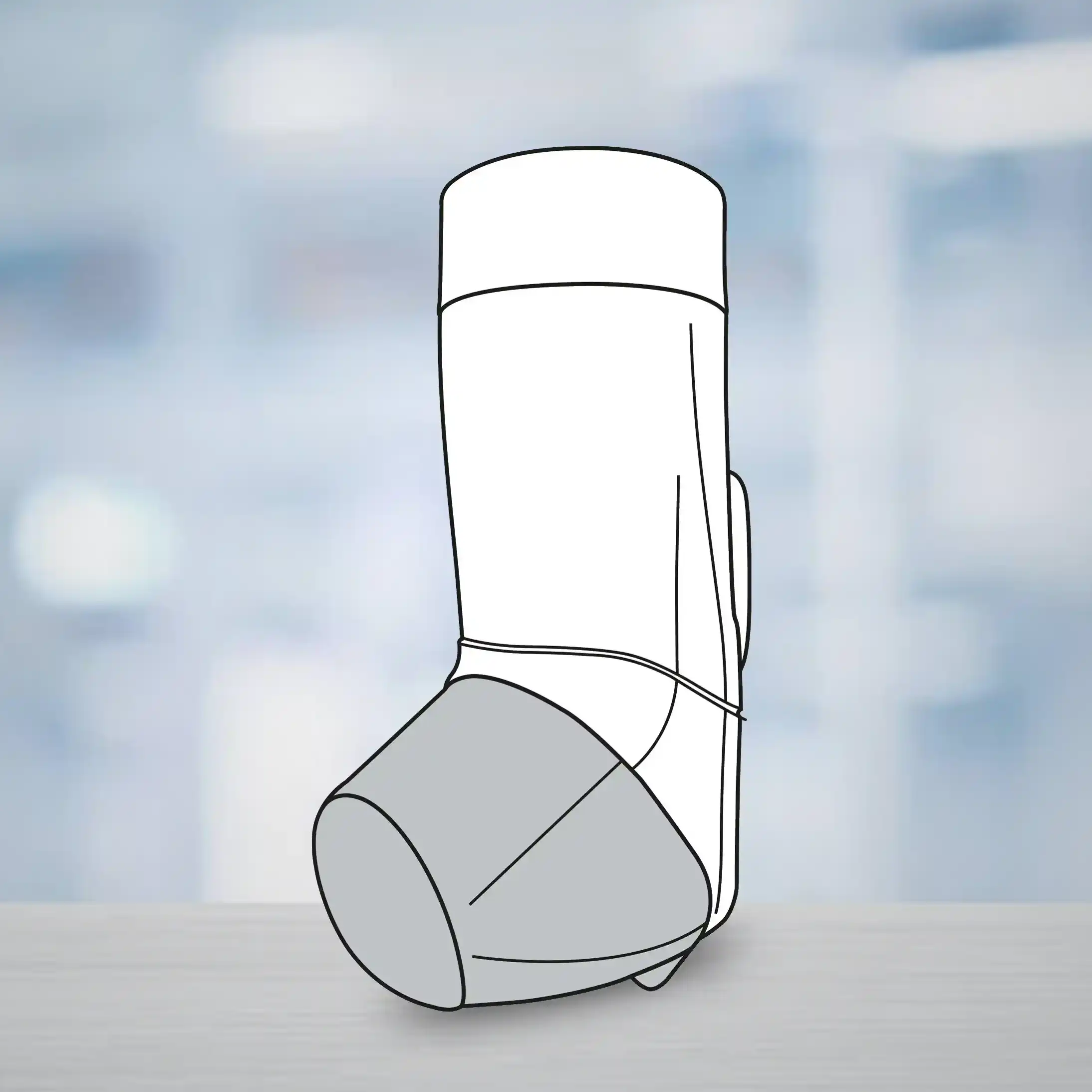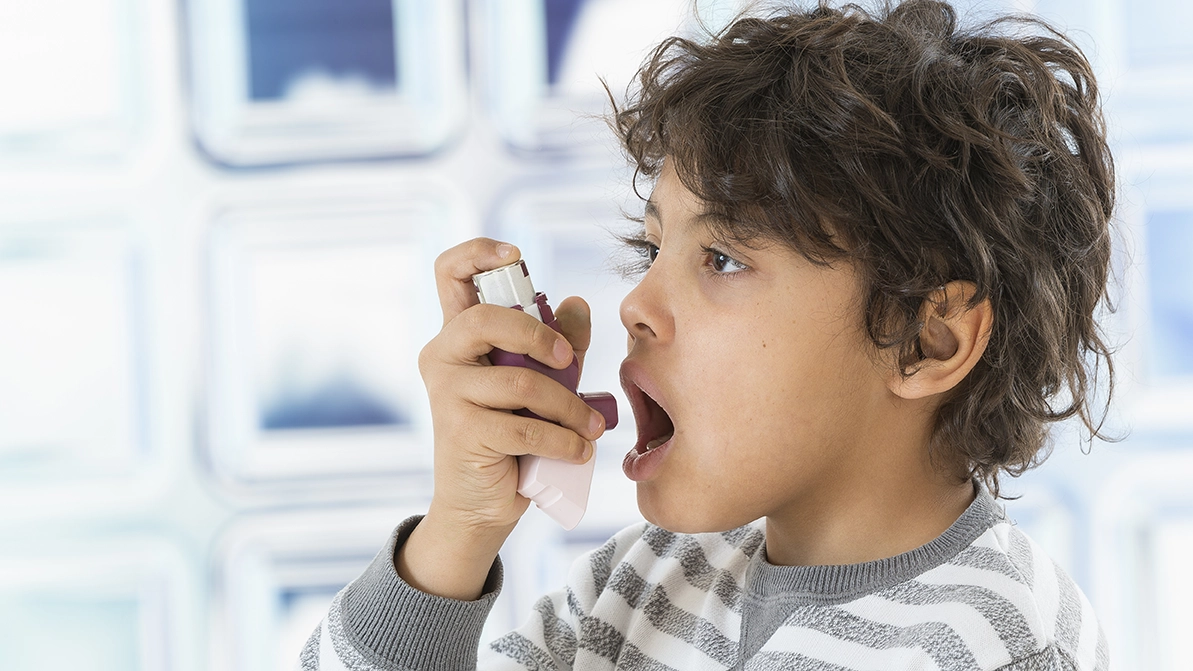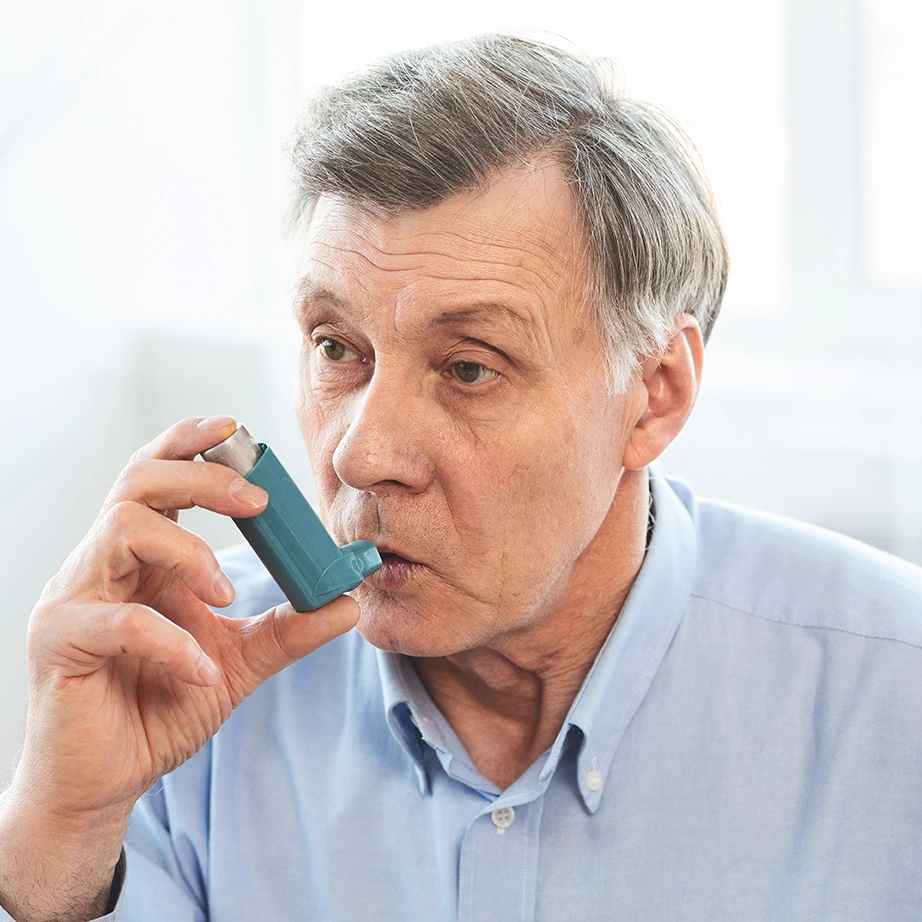Background
Spirometry is the gold standard test used for diagnosis of chronic obstructive diseases such as chronic obstructive pulmonary disease (COPD) and asthma. However, spirometry is associated with several drawbacks such as lack of availability, limited accessibility, high cost, challenges in performing the test, etc., that limits its use in routine clinical practice. Under-use of spirometry leads to under diagnosis of COPD and asthma. Cipla Limited has developed a new digital, portable, point-of-care spirometer SpirofyTM, based on pneumotach flow-sensing technology, which can bridge the unmet need of availability and accessibility and is easy to use. SpirofyTM has undergone laboratory validation and has proven to be a robust device and is also ATS compliant.
Objective
To compare the performance of two SpirofyTM devices with that of Vitalograph Alpha Touch spirometer (used as a standard for comparison) in measuring the lung capacities of healthy subjects and those with asthma and COPD. This study also evaluated the inter-device variability between the two SpirofyTM devices.
Methods
- This is a randomized, open-label, three-way cross-over study
- Cohort comprised healthy individuals, stable asthmatics and stable COPD patients aged >18 years with no history of disease exacerbations in the preceding 4 weeks
- Each subject underwent 3 spirometry tests; one test each with the two SpirofyTM devices and one with the Vitalograph Alpha Touch spirometer in a pre-determined randomized sequence generated for each of the devices
Results
- The study recruited 102 subjects: 35 healthy individuals, 34 asthmatics and 33 COPD patients
- The per-protocol population comprised 90 subjects (29 healthy individuals, 31 with asthma and 30 with COPD)
- FEV1 and FVC values measured by the devices demonstrated strong positive correlations with the Vitalograph spirometer for all the groups; overall, healthy subjects, asthmatics and COPD patients
Table 1. The comparative limits of agreement and correlation coefficients for FVC and FEV1 in the per-protocol population
Parameter/Device
Statistics
Healthy
Asthma
COPD
Overall
FVC
1TM vs SpirofyTMVitalograph Alpha Touch
Correlation coefficient
0.906
0.963
0.905
0.963
Mean difference
75.17
27.74
113
71.44
95% limit of agreement
(-645.9, 796.2)
(-426.4, 481.9)
(-234.3, 460.3)
(-455, 597.9)
2TM vs SpirofyTMVitalograph Alpha Touch
Correlation coefficient
0.899
0.972
0.875
0.955
Mean difference
72.76
-15.16
53
35.89
95% limit of agreement
(-672, 817.5)
(-417.4, 387)
(-296, 402)
(-487.8, 559.6)
2TM 1 vs SpirofyTMSpirofy
Correlation coefficient
0.981
0.990
0.955
0.986
Mean difference
-2.41
-42.90
-60.0
-35.6
95% limit of agreement
(-272.9, 268.1)
(-289.9, 204.1)
(-321.6, 201.6)
(-295.5, 225.4)
1FEV
1TM vs SpirofyTMVitalograph Alpha Touch
Correlation coefficient
0.931
0.974
0.964
0.981
Mean difference
83.10
58.39
55.67
65.44
95% limit of agreement
(-400.1, 506.3)
(-248.7, 365.4)
(-110.9, 222.3)
(-273.5, 404.4)
2TM vs SpirofyTMVitalograph Alpha Touch
Correlation coefficient
0.916
0.974
0.964
0.977
Mean difference
72.76
31.61
37
46.67
95% limit of agreement
(-559.6, 705.1)
(-275.7, 338.9)
(-147, 221)
(-365.6, 458.9)
2TM 1 vs SpirofyTMSpirofy
Correlation coefficient
0.982
0.991
0.981
0.991
Mean difference
-10.34
-26.77
-18.67
-18.8
95% limit of agreement
(-301, 280.4)
(-209.3, 155.7)
(-191.4, 154)
(-237.2, 199.6)
Figure 1. Dot plot for both the SpirofyTM devices FEV1/FVC ratio
- For FEV1/FVC ratio <0.7, sensitivity was 97.2%, specificity was 90.1% and accuracy was 93.3% for SpirofyTM
- The values of FVC and FEV1 measured by SpirofyTM 1 & SpirofyTM 2 were within the predefined limits of agreement indicating a good agreement between both the devices
Conclusion
- SpirofyTM is a portable, easy-to-use device and is as accurate as the standard Vitalograph Alpha Touch spirometer for detecting airflow obstruction and can be used in clinical settings for the diagnosis of asthma and chronic obstructive pulmonary disease.
BMC Pulm Med. 2024 May 10:24(1):230. Doi: 10.1186/s12890-024-02972-4.


